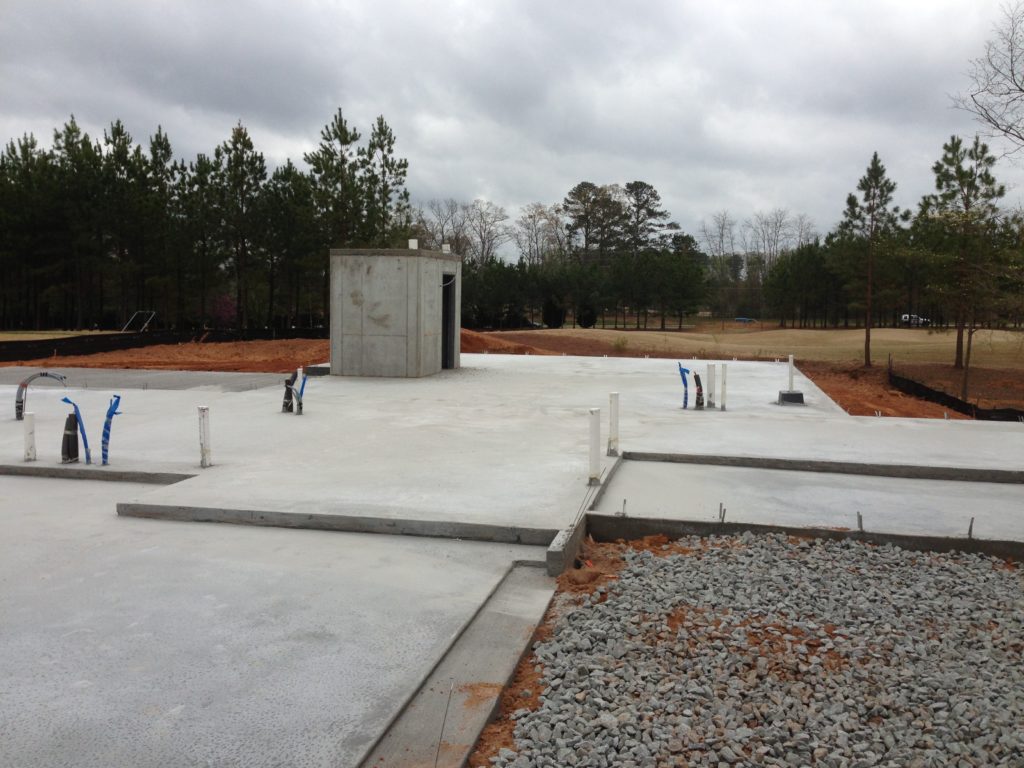


Think about being stuck in a small space for days. Optional items include comfort items such as: extra crank lighting sleeping bags food emergency bucket toilet personal hygiene items two-way radio crowbar/halligan tool and board games/cards and gum/candy. Minimum shelter supplies include: water for each adult for 3 days food is optional but water is not a crank radio flashlight, and blankets. Will you have enough room for your entire family? Will others be allowed inside? What about pets? Which critical supplies stay in the room, which are placed nearby in hopes that you will be able to reach them if needed? Water, at least one cellphone, food, blankets, lighting, communication, medicine, valuables, ammo, some items for the kids – where are your priorities? Think about who and what is going to be in that room.

What Supplies Do You Want to Store With You? Those same vents help if you are using the space as a root cellar also. Two 4″ to 8″ PVC pipes with one low and one high (in/out flow). You get the picture.įollow the FEMA specs for air handling if you want reimbursement. Now imagine – small room, several people, possibly pets, emergency supplies, panicked breathing – and no fresh air. My entire home is made from insulated concrete forms (ICFs), a popular choice for safe rooms, and I can guarantee that it gets a little stuffy inside when the doors and windows are closed. Make sure your safe room has a source of fresh air. You need enough space for the adults, children and pets in your family. How big should a safe room be? FEMA says between 8ft wide x 8ft long x 8ft tall and 14ft wide x 14ft long and 8ft tall. Remember you might qualify for up to $4000 in United States Federal Emergency Management Agency (FEMA) through some state FEMA reps. Realistic costs start at $5000 and can exceed $30,000. How much does a safe room cost? Costs vary widely. There are 12,000+ tornados per year alone, tornado shelters WORK. If they are built correctly they can make the difference between life and death. Safe Room Questions and Answersĭo Safe Rooms Work? In a word YES. You don’t want to have a projectile proof walls and door only to have the entire structure tear loose. Whether your safe room is at or below ground level, make sure it is securely tied in to a foundation. Soil is heavy, and wet soil is even heavier. Don’t think you can just bury any old shipping container in the yard and call it good. Do some research before you build – don’t be that guy who just starts digging a hole in the backyard, only to run into a high water table or unstable earth. A safe room that collapses under load (winds, building collapse, etc.) is nothing more than a death trap. Proper cross-bracing and/or reinforcement in the walls and ceiling is essential. If you are sure you have FEMA coverage in your state Link #3 can fast track reimbursement. To get accurate information contact your state FEMA rep (link #2) below. The Hazard Mitigation Grant will reimburse up to 75% or $4000 in areas that are prone to severe storms. Some states will have FEMA reimbursement for new construction or retrofit of a Safe Room or Tornado/Storm Shelter. These tend to be very large and very expensive. Some custom shelters include sleeping space, and advanced shelters include full blown living space. Simple shelters sold by many companies, to large custom shelters such as in Texas. There prefab safe rooms and custom safe room designs. Consider placing your internet/phone service inside the shelter to ensure you could communicate with rescue personnel after the disaster. Traditionally shelters have a “land line” phone in them so that you can call out. Your state FEMA rep can provide specifications for approved shelters and specs for construction. If you build an in ground storm shelter or add an earth berm to an above ground storm shelter either could also double as a root cellar, gun safe or a wine cellar. There are both above ground and in ground shelters. Many have 6 inches or more concrete with rebar to stop tornado or hurricane debris. Safe rooms are also known as a tornado shelter or panic room. Many are prefab, but may need concrete slab foundation. Make sure the door opens in to the shelter, not out, in case debris blocks the exit. Most of us have seen tornado and hurricane debris driven through tree trunks and appliances – a standard lightweight door is not going to cut it. A strong door in a weak frame is a fail point. Look at every aspect of the room, including the entrance – a weak door is a fail point. What Supplies Do You Want to Store With You?īuild your room to address the seismic, weather and other potential hazards such as home invasion you are likely to face in your area.Safe Room Cross-bracing and Foundations.Choose the Right Safe Room for Your Area.


 0 kommentar(er)
0 kommentar(er)
